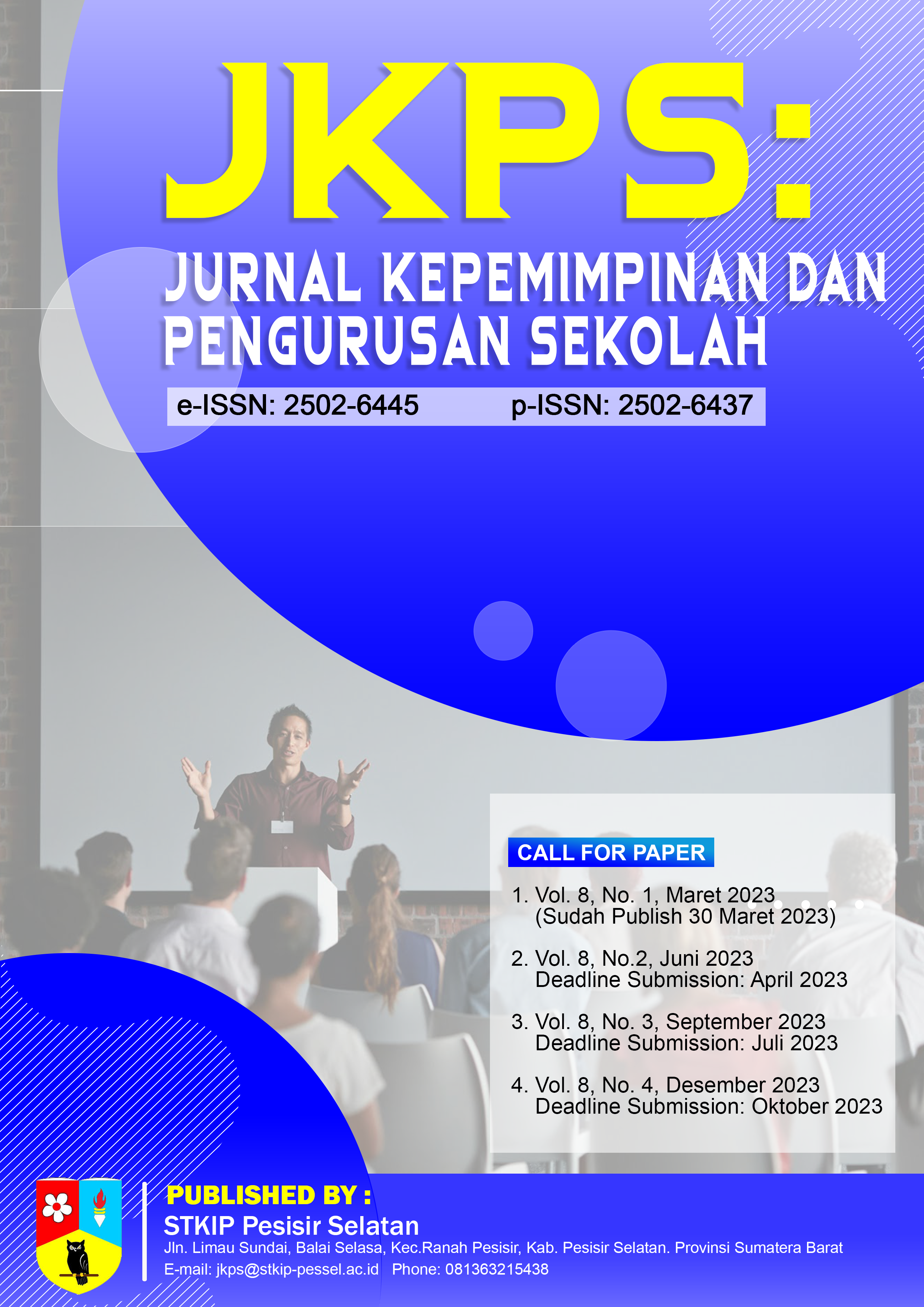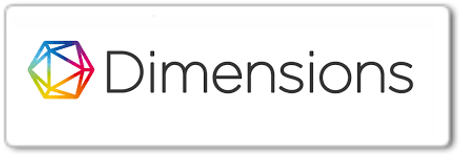EVALUATING ENGLISH INTENSIVE COURSE BOOK FOR STUDENTS OF ISLAMIC STATE UNIVERSITY OF JEMBER: USERS PERSPECTIVES
DOI:
https://doi.org/10.34125/jkps.v10i2.593Keywords:
Textbook evaluation, English Intensive Course, Cunningsworth Theory, Users prespectivesAbstract
This study evaluated how effectively the English Intensive Course book supports non‑English major students at the Islamic State University of Jember, focusing on its alignment with Cunningsworth’s eight evaluation criteria. An explanatory mixed‑methods design combined a Likert‑scale questionnaire (n = 20 students, 2 tutors) with semi‑structured interviews. Quantitative data were analyzed descriptively, while interview transcripts underwent thematic coding to triangulate and enrich survey findings. Overall mean scores ranged from 3.22 to 3.72 (4‑point scale), indicating strong agreement that the book meets program aims, offers well‑sequenced language content, and covers the four skills. Participants praised the grammar‑driven progression and integration of Islamic themes. Key weaknesses were the absence of answer keys, limited listening‑speaking tasks, and scarce multimedia support. Tutors also reported insufficient pedagogical guidance in the teacher’s manual. It provides actionable recommendations, embedding feedback mechanisms, metacognitive study‑skills training, and QR‑linked audio resources, that can inform future textbook design for intensive language programs in similar settings.
References
Atigh, R. B., & Khabbazi, S. K. (2021, May 10). The Evaluation of ESP Textbooks Based on Students' Perspectives. International Journal of Linguistics, Literature and Translation, 4(5), 56-62.
Ayu, M., & Inderawati, R. (2018). EFL Textbook Evaluation: The Analysis of Tasks Presented in English Textbook. TEKNOSASTIK, 16(1), 21-25. https://ejurnal.teknokrat.ac.id/index.php/teknosastik/article/download/87/878
Betri, R. (2018). Content analysis of english textbook entitled "talk active" used by the senior high school [Thesis]. Department of English Education Program Faculty of Education and Teaching Training of State Islamic University Sultan Thaha Saifuddin Jambi.
Cunningsworth, A. (1995). Choosing Your Coursebook. Macmillan Education Australia.
Erizar, & Azmi, M. N. L. (2017, September). THE EFFECTIVENESS OF ENGLISH TEACHING MODULE AT MIDDLE SCHOOLS IN WEST ACEH. Jurnal Ilmiah Peuradeun: The Indonesian Journal of the Social Sciences, 5(3), 333-340. doi: 10.26811/peuradeun.v5i3.150
Garinger, D. (2002, December). Textbook Selection for the ESL Classroom. CENTER FOR APPLIED LINGUISTIC, SERIC CLEARINGHOUSE ON LANGUAGES AND LINGUISTICS, 02(10), 1-2. https://www.cal.org/wp-content/uploads/2022/05/TextbookSelectionfortheESLClassroom.pdf
Ghufron, M. A., & Saleh, M. (2016, March). Evaluating Academic Writing Textbook: Teachers and Students Perspectives. Arab World English Journal (AWEJ), 7(1), 326-340.
Graves, K. (2000). Designing Language Courses: A Guide for Teachers. Heinle & Heinle.
Harmer, J. (2007). The Practice of English Language Teaching. Pearson/Longman.
Herlina, L., Djajanegara, S., & Suendarti, M. (2020, January -April). Students and Teachers Perspectives on EFL Textbook for Senior High School Students. Deiksis, 12(1), 44-55.
Hutchinson, T., & Torres, E. (1994, October). The textbook as agent of change. ELT Journal Oxford University Pre, 48(8), 315-328. https://textbookuse.pbworks.com/f/Textbooks%2Bas%2Bagents%2Bof%2Bchange.pdf
Littlejohn, A. (2011). The Analysis of Language Teaching Materials: Inside the Trojan Horse. In Materials Development in Language Teaching (Second Edition ed., pp. 179-211). CAMBRIDGE UNIVERSITY PRESS.
Macalister, J., & Nation, I. S. P. (2019). Language Curriculum Design. Routledge.
McDonough, J., Shaw, C., & Masuhara, H. (2013). Materials and Methods in ELT: A Teachers Guide (3rd ed.). Hoboken, NJ: John Wiley & Sons, Inc.
Nagpal, D., Kornerup, I., & Gibson, M. P. (2020, January-June). Mixed-method Research: A Basic Understanding. CODS Journal of Dentistry, 12(1), 11-16. https://www.codsjod.com/doi/CODS/pdf/10.5005/jp-journals-10063-0065
Nguyen, C. T. (2015, March). An Evaluation of the Textbook English 6: A Case Study from Secondary Schools in the Mekong Delta Provinces of Vietnam [Doctoral Thesis]. Department of English Language and Linguistics. https://etheses.whiterose.ac.uk/id/eprint/10033/1/An%20Evaluation%20of%20the%20Textbook%20English%206%20%281%29.pdf
Nunan, D. (2003). Practical English Language Teaching. McGraw-Hill Education.
Papajani, J. (2015). The Evaluation of the EFL Textbooks Used in the High Schools of Elbasan, Albania. European Journal of Language and Literature Studies, 1(1), 7-15. https://www.researchgate.net/publication/318536552_The_Evaluation_of_the_EFL_Textbooks_Used_in_the_High_Schools_of_Elbasan_Albania
Rahman, K. A., Haris Budiana, & Nurani Hartini. (2019, October). The student's perception on a test of English proficiency as graduation requirement. LLT Journal, 22(2), 171-181.
Rea-Dickins, P., & Germaine, K. (1992). Evaluation. OUP Oxford.
Richards, J. C. (2001). Curriculum Development in Language Teaching. Cambridge University Press.
Richards, J. C., & Renandya, W. A. (Eds.). (2009). Methodology in Language Teaching: An Anthology of Current Practice. Cambridge University Press.
Richards, J. C., & Rodgers, T. S. (2006). Approaches and Methods in Language Teaching. Cambridge.
Sacko, M., & Haidara, Y. (2018). Developing autonomous listening learning materials for TOEFL preparation. LingTera, 5(2), 170-178.
Shyamlee, S. D., & Phil, M. (2012). Use of Technology in English Language Teaching and Learning: An Analysis. International Conference on Language, Medias and Culture, 33, 150-156. https://www.academia.edu/32815106/_Use_of_Technology_in_English_Language_Teaching_and_Learning_An_Analysis
Sugiyono. (2019). Metode Penelitian Kuantitatif, Kualitatif & RND. Alfabeta.
Suhardiana, I. P. A. (2019, April). PERAN TEKNOLOGI DALAM MENDUKUNG PEMBELAJARAN BAHASA INGGRIS DI SEKOLAH DASAR. ADI WIDYA: Jurnal Pendidikan Dasar, 4(1), 92-102. http://ejournal.ihdn.ac.id/index.php/AW
Suwarso, P. N., & Praseno, M. D. (2022, February). Developing an intensive reading material for EFL students: A final product. JOALL (Journal of Applied Linguistics and Literature), 7(1), 259-275.
Toirovna, B. M. (2019, March). BENEFICIAL POINTS OF STUDYING FOREIGN LANGUAGE. PECULIARITIES OF TRANSLATION AND ITS ROLE IN LEARNING PROCESS. International Journal on Integrated Education, 2(1), 32-34.
Tok, H. (2010, September). TEFL Textbook Evaluation: From Teachers' Perspectives. Educational research and Review, 5(9), 508-517. http://www.academicjournals.org/ERR2
Tomlinson, B. (Ed.). (2011). Materials Development in Language Teaching. Cambridge University Press & Assessment.
Tomlinson, B. (Ed.). (2014). Developing Materials for Language Teaching. Bloomsbury Publishing.
Tomlinson, B., & Masuhara, H. (2004). Developing Language Course Materials. SEAMEO Regional Language Centre.
Ur, P. (1996). A Course in Language Teaching: Practice and Theory. Cambridge University Press.
Widodo, H. P., & Renandya, W. A. (Eds.). (2016). English Language Teaching Today: Linking Theory and Practice. Springer International Publishing. DOI 10.1007/978-3-319-38834-2
Zou, B., & Jiang, G. (2021). The impact of EAP skills on students academic study. IJEAP: International Journal of English for Academic Purposes, (Spring), 57-80. https://doi.org/10.3828/ijeap.2021.5
Downloads
Published
How to Cite
Issue
Section
License
Copyright (c) 2025 Jurnal Kepemimpinan dan Pengurusan Sekolah

This work is licensed under a Creative Commons Attribution-ShareAlike 4.0 International License.














